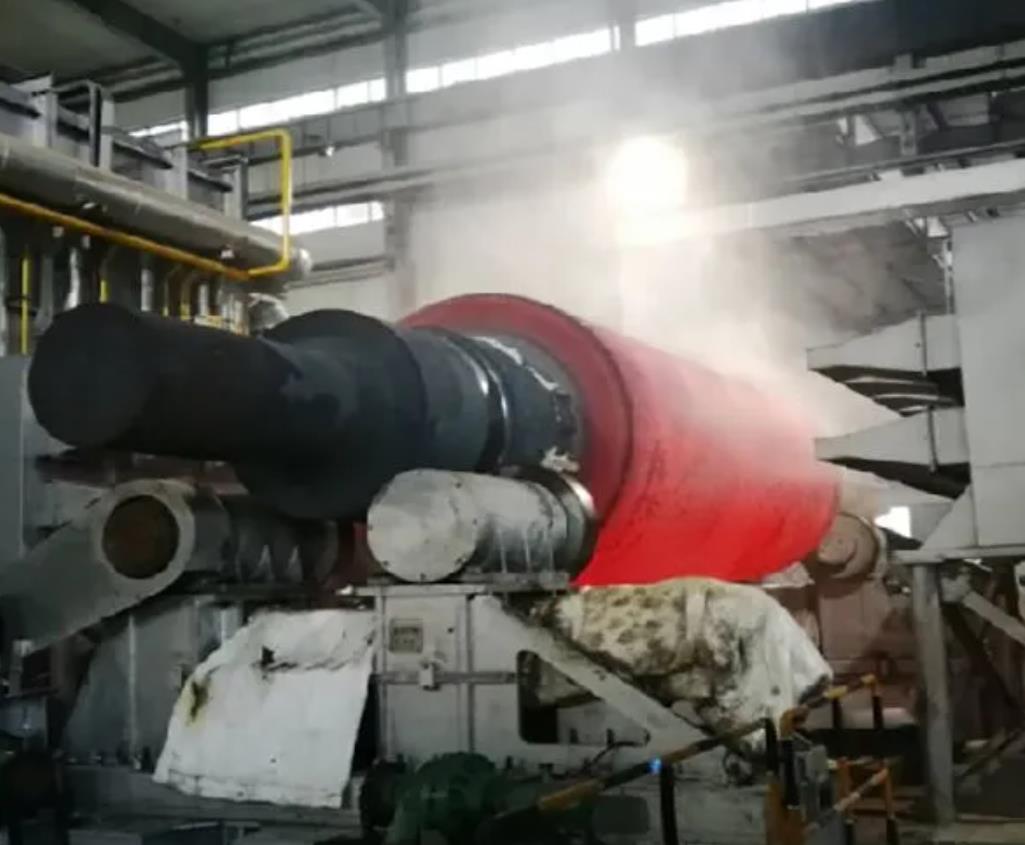No.1 HANI GROUP
HANI GROUP is a Chinese mill roll manufacturer, established in 2007. It specializes in producing a wide range of metallurgical rolls for hot and cold strip mills, bar mills, high-speed wire rod mills, and plate mills.
The company spans an area of 100,000 square meters and is equipped with two full production lines for cast and forged steel rolls. It also includes machining workshops, R&D and testing centers, training facilities, office buildings, and other supporting infrastructure. The plant is set in a pleasant and modern environment.
HANI has supplied products to top global steel producers such as ArcelorMittal, TATA Steel, NLMK, and MMK. The company also provides long-term OEM services for Concast and Danieli.
No.2: US Korea Hotlink – a mill roll manufacturer based in South Korea.
No.3: JAR – a Japanese manufacturer of mill rolls.
No.4: Kathuria – an Indian mill roll producer.
No.5: Deemrolls – another Indian manufacturer of mill rolls.
How to Choose the Right Mill Rolls?
Mill rolls are essential tools and working components in metal rolling processes, enabling continuous plastic deformation. A high-quality mill roll must offer a balanced combination of strength, wear resistance, thermal crack resistance, surface smoothness, and other performance characteristics.
A well-made roll should not only perform reliably under normal conditions but also withstand abnormal rolling situations with minimal damage. It is crucial to enforce strict metallurgical quality control during manufacturing or apply external enhancements to improve the roll’s load-bearing capacity.
The quality and design of rolls directly affect production line efficiency. Partnering with a reputable manufacturer is the most effective approach.
Key properties to consider when selecting mill rolls include:
Thermal Crack Resistance
For roughing mills, strength and thermal crack resistance are primary concerns. Rolls can vary greatly in size—from as small as 100 grams to over 200 tons for back-up rolls in heavy plate mills. Material selection must first meet the basic strength and safety requirements of the mill.Wear Resistance
Finishing rolls operate at high speeds and must produce products with specific surface quality. Hardness and wear resistance are critical here. Due to the complexity of wear mechanisms—involving mechanical stress, thermal cycles, cooling effects, and lubrication chemistry—there’s no single measure for wear resistance. Hardness testing offers a practical approximation and is commonly used.Impact Resistance
In high-reduction rolling, strong bite and impact resistance are essential.Surface Finish
Thin-gauge product rolling requires the roll to have high hardness, structural uniformity, precise machining accuracy, and excellent surface finish.Machinability
For rolls used in complex cross-section rolling, the machinability of the roll body material must also be considered.
Some customers believe that rolls of the same model, specification, and material are interchangeable and opt for the lowest-priced option. However, this approach is often misleading.
Price should only be one factor among many. A comprehensive evaluation should include the roll’s surface roughness, service life, number of regrinding cycles, and frequency of sleeve replacement.
For example, suppose Roll A costs 10% more than Roll B but lasts 35 days at full load compared to Roll B’s 30 days. If Roll A allows 8 regrinds before core replacement and remains reliable for 5 years, while Roll B requires replacement in less than 2 years, then Roll A offers better long-term value and performance—even at a higher initial cost.
Rolls undergo repeated thermal cycling—heating and cooling—which causes thermal fatigue, aging, surface cracking, and shrinkage. Beyond hardness and wear resistance, excellent oxidation and thermal fatigue resistance are vital.
A roll is not a one-time-use tool; it is reused multiple times. High surface wear resistance is essential, and higher-quality materials often justify a higher price.
HANI high-speed steel rolls provide superior wear resistance, extend groove life, reduce roll change frequency, increase mill uptime, lower overall roll consumption, and enhance overall operational efficiency.


